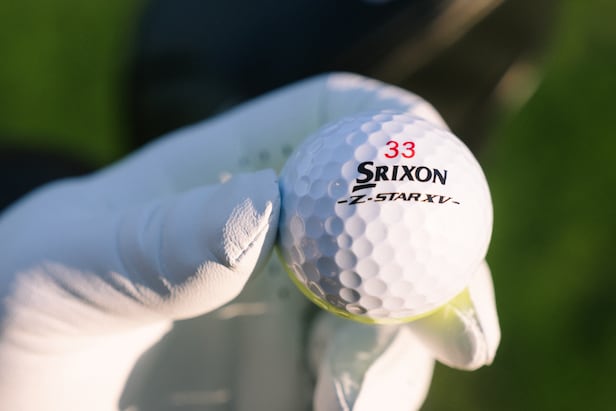How good could you actually get? One golfer’s experience trying to get better in a hurry – Australian Golf Digest

- by Admin
- July 19, 2024
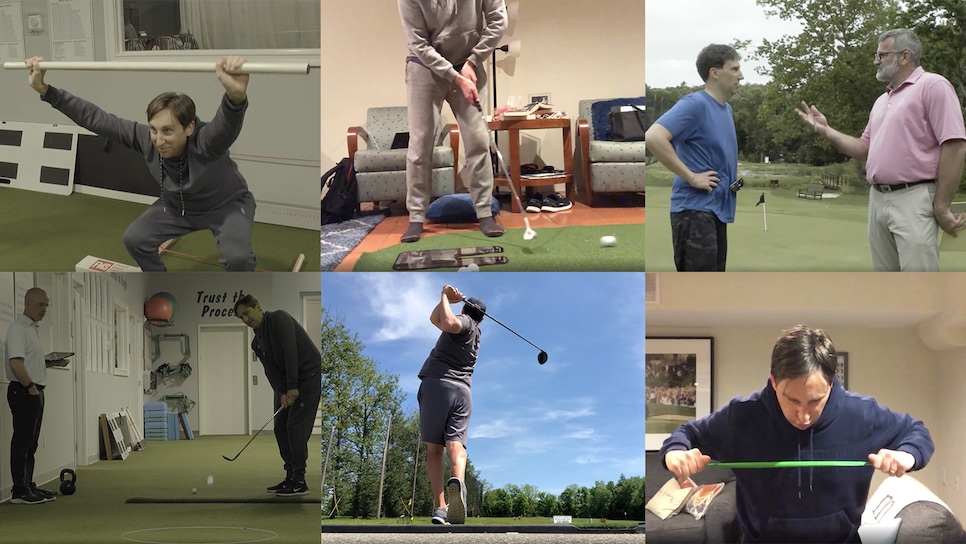
This article first appeared in Low Net, a Golf Digest+ exclusive newsletter written for the average golfer, by an average golfer. To get Low Net each week directly to your inbox, sign up for Golf Digest+ right here.
Have a topic you want me to explore? Send me an email and I’ll do my best to dive in.
Most golfers subsist on a diet of hope and delusion. None of us are as good as we think we could be, yet we always believe a breakthrough is within reach.
A few years ago, Golf Digest’s Alex Myers embarked on a dream assignment that was meant to force the issue: the goal was to get better quickly with the help of a series of experts, and to chronicle the whole thing in words and on video. In a 12-week training program through the Golf Performance Center in Ridgefield, Conn., Alex worked with a team of golf instructors, trainers, mental coaches and clubfitters who sought to maximize every part of his game.
The results were hard to miss. At age 40, Alex added more than 30 yards of distance, got down to a 4.1 index (from a 7.8), and dominated his annual buddies golf trip that he talks about way too much around the office. Along the way, Alex even bought into areas like golf fitness and the mental game—stuff he used to roll his eyes at, but now recognizes as pivotal to better golf.
Granted, the program was time-consuming, and costly enough that if Alex was paying for the whole thing himself … well, he probably wouldn’t do it. An aggressive makeover is extreme measure, yet his experience still illuminated the ways we could all get far more out of our games than we currently do. It’s a concept I plan to explore in greater depth in the next year, and I figured one place to start is asking Alex what he learned after pushing himself, and what clues might be there for the rest of us.
Below is an edited version of our conversation.
Before the program, what were your preconceived notions about what you thought you needed to become a better golfer? In what ways were you off base?
Alex Myers: I thought it was all about technique and reps (Shout-out, Tiger) and in one way, I was right. I played much less golf after both of my daughters were born, and that led to my handicap going up. But where I was way off base is that I didn’t realize I could still make major improvements without even holding a golf club.
So it’s not just about playing and practicing more?
Right, for instance, what (Golf Digest top-50 fitness trainer) Tyler Campbell taught me was that even short workouts at home that didn’t require any equipment would add stability and strength to my current golf swing. We focused a lot on activating the glutes (Shout-out, Tiger, again) and I was amazed by the gains I saw off the tee.
More Low Net 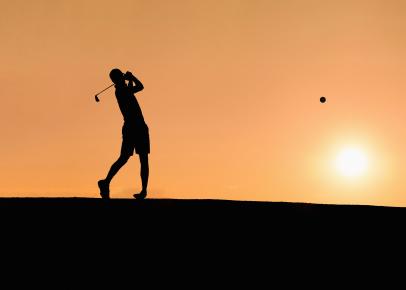 Golf Digest Logo What really happens when you ‘find something’
Golf Digest Logo What really happens when you ‘find something’ 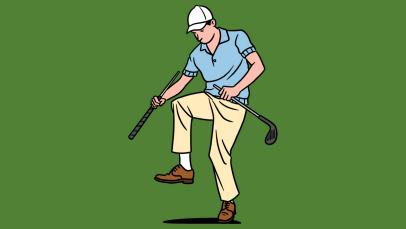 Golf Digest Logo ‘What a stupid hole!’: When excuses actually help
Golf Digest Logo ‘What a stupid hole!’: When excuses actually help 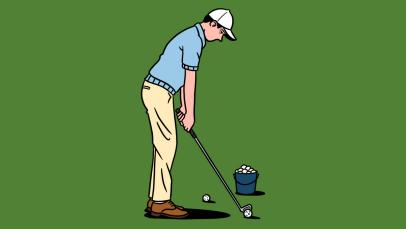 Golf Digest Logo I’ve become the annoying training aid guy
Golf Digest Logo I’ve become the annoying training aid guy
To what extent do you think our golf swing deficiencies are tied to general physical functionality?
A big extent. Look, I’ve never been in amazing physical shape, but I noticed a deterioration in how I moved and swung as I approached 40. The year before my lower back was bothering me to the point that I sought physical therapy for the first time. So that’s why I jumped at this opportunity despite never loving working out. I still worked on my swing with instructor Dennis Hillman, but it was more about getting the most out of what I already have.
You’re a good overall athlete, so I’d argue your ceiling is higher than average. Was that confirmed when you did the initial physical assessment they gave you?
Not really. I struggled with all the physical tests in the assessment. But by the end of the 12 weeks I had greatly improved in them all. But again, the biggest difference is that I had no clue why any of that stuff mattered before going to the Golf Performance Center.
So getting yourself in better golf shape was one big step. What did you learn about how to practice?
I learned that while practice is important, how you practice is even more important. Instead of just aimlessly pounding golf balls, I was introduced to ways to make that time on the range more productive. I also actually practiced my short game, in particular, getting dialed in on distances with wedge shots around the green. That took out some of the variability, which is especially key when you don’t play as consistently.
You used to make fun of how much I liked to talk about the mental game, yet you even worked with a sports psychologist. How much did it help you? And how much better would a typical golfer be if they just thought the game better?
You’re right, but working with Dr. Josh Brant turned out to be arguably the biggest difference maker—especially for someone who has a history of brutal choking on my annual golf trip. Dr. Brant got me to believe that I could control those nerves, largely by controlling my breathing, and he changed my overall outlook on how I approach rounds and even each shot. I stopped thinking so negatively on the course and learned how to focus better during my pre-shot routine. Look, if it helps the best golfers in the world, it can definitely helps the rest of us.
Last question: You shaved three strokes in about 12 weeks. What do you think your ceiling is if you kept going?
GREAT question. I had the huge benefit that this was for work so I was able to dedicate some time to it daily during those 12 weeks and the results were amazing. If I’d been able to keep those resources and that schedule for an entire year, I’m convinced I could be a scratch golfer. That being said, I was extremely motivated to do well for the project, for those helping me at the Golf Performance Center, and for my annual trip, which I won that June. Realizing how hard it was to keep it going made me respect the best players in the world even more for how hard they work year-round. But even for a little while, it was really cool to find out my best golf could still be ahead of me if I put the (right) effort in.
Since then, I still try to do a quick golf-aimed workout twice a week during the season, and I’ve found I’ve been able to maintain similar distances. In addition, my range sessions have become more productive by mixing up clubs and varying shots. And I actually practice my putting now. The most valuable thing I learned from the experience is that I’m capable of playing better—and feeling better.
This article was originally published on golfdigest.com
The Latest News
-
January 6, 2025Travel rules for millions of Australians set to change within hours
-
January 6, 2025Vulgar Kohli gesture sparked rollercoaster career in Australia
-
January 6, 2025Grayson Murray foundation launched; PGA Tour to celebrate Murray’s life at Sony Open – Australian Golf Digest
-
January 6, 2025Nick Kyrgios’ concerning injury update ahead of Australian Open | Sporting News Australia
-
January 6, 2025Aussie NFL Wrap-up: How did Tory Taylor, Daniel Faalele and more perform in Week 18? | Sporting News Australia





